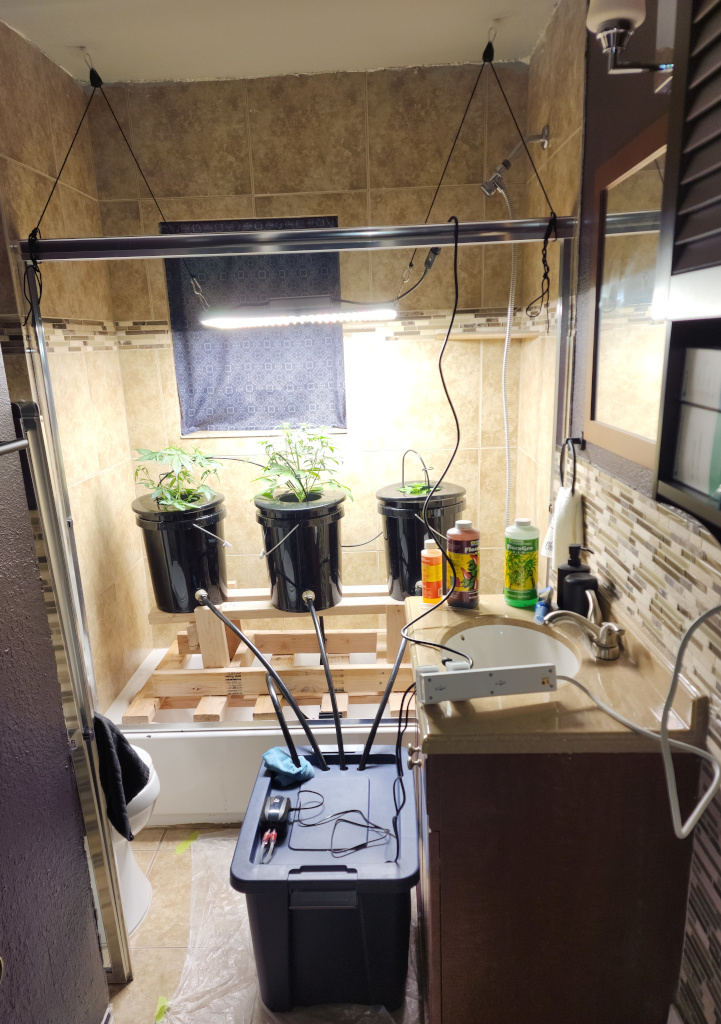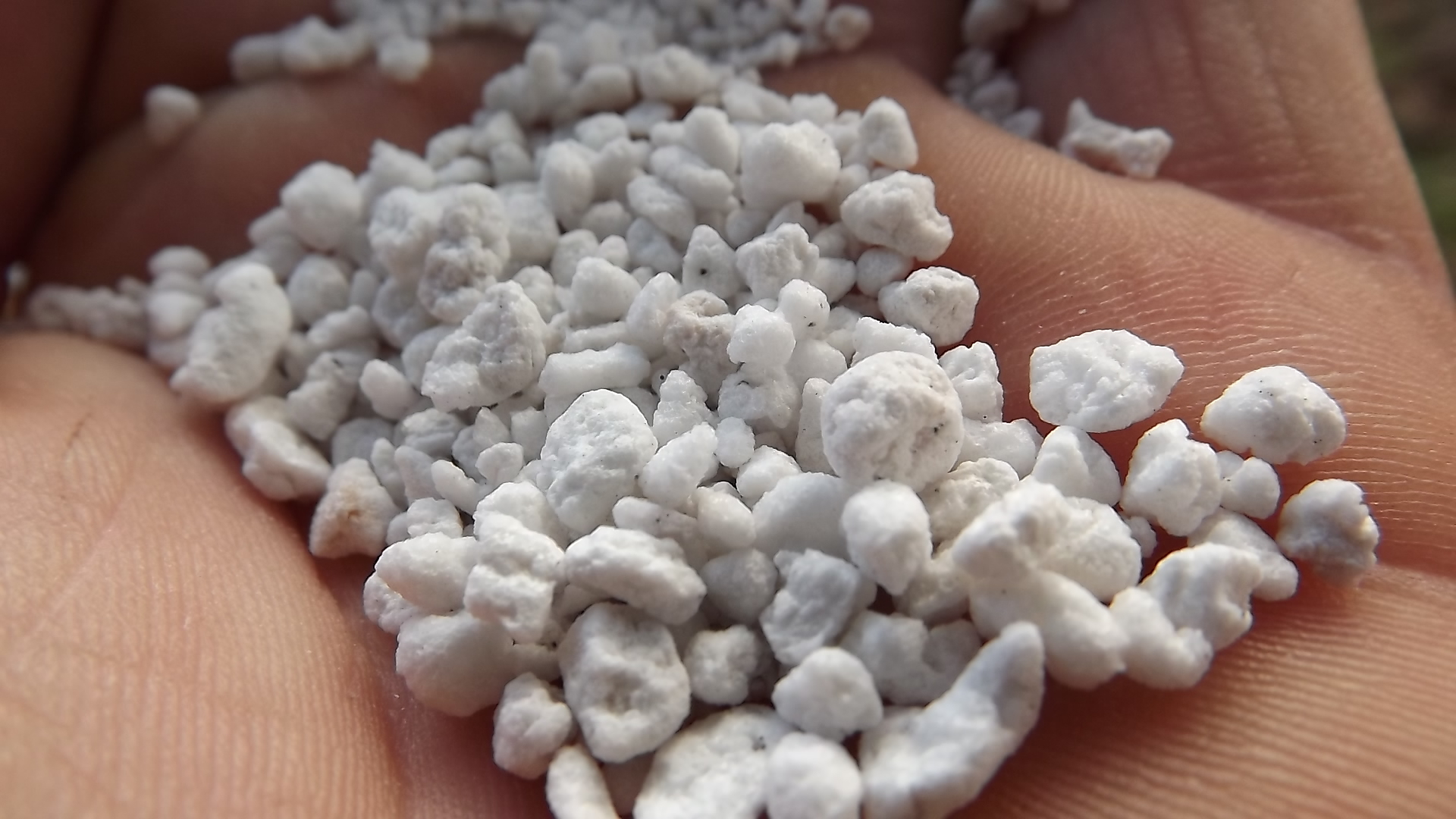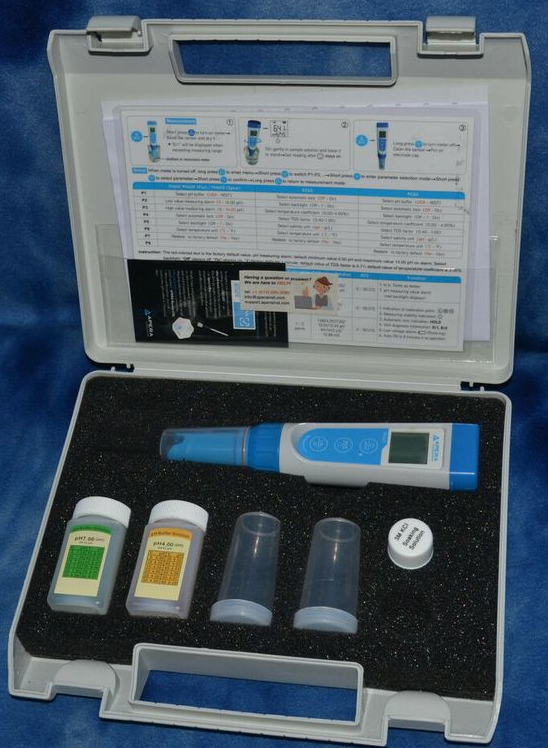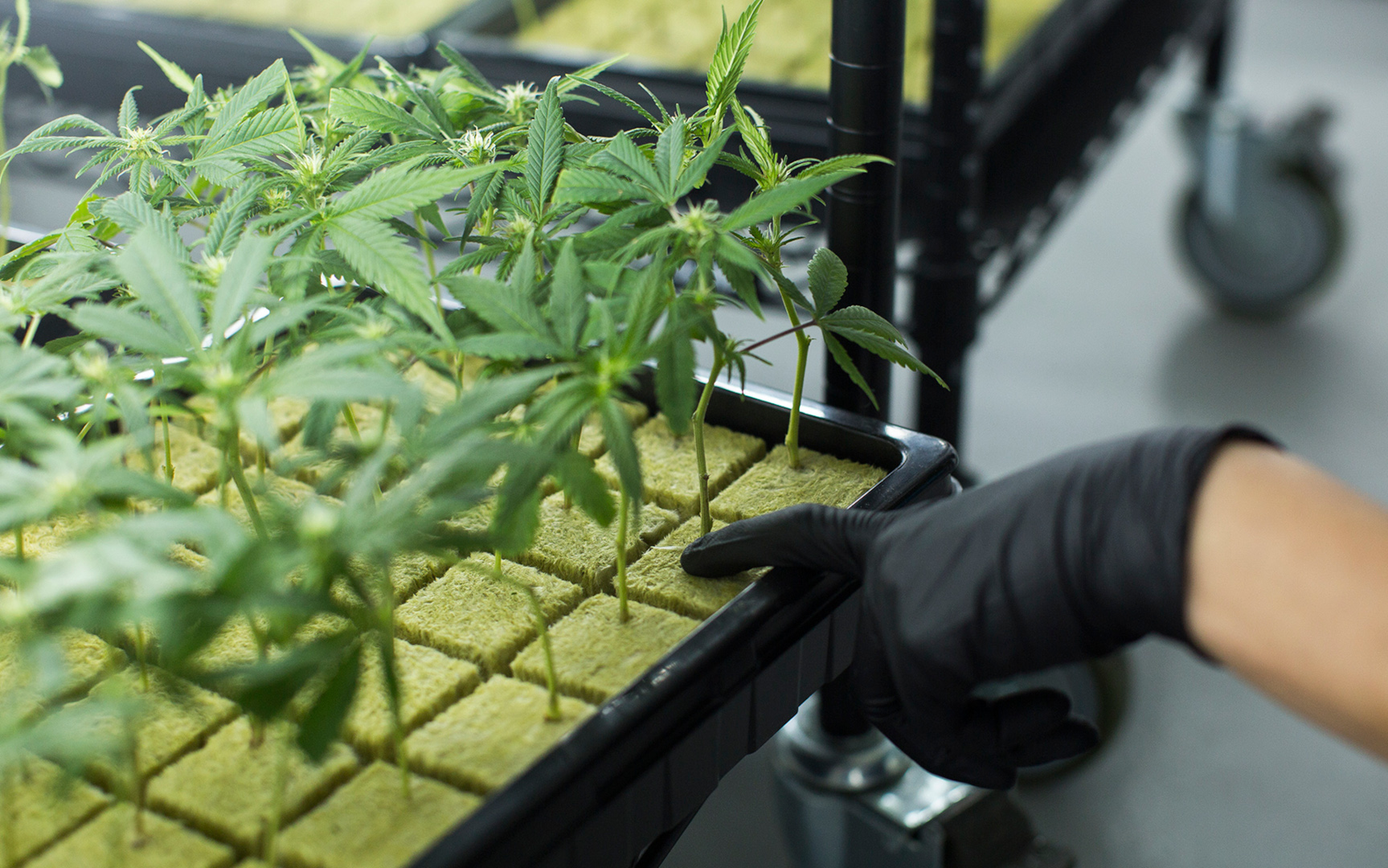Growing Medium
- Seed type and strain
- Personal preference and experience level
- Amount of space available
- Cost (hydroponics is more expensive)
Weed was the first plant I’ve ever grown successfully, I’ve otherwise been a black thumb all my life and I chose hydroponics.
Soil
Plain old soil is what most people are familiar with, and cannabis aficionados believe that weed “tastes better” when grown in soil (I disagree with this myself because nutrients are nutrients, but I digress). It’s cheaper than hydroponics for the most part and you can grow a number of different strains in one go which is harder to do with hydroponics. People have been growing in soil for thousands of years, there’s very much support available.
Hydroponics
- The Blue Blood strain is traditionally harder to grow, with specific nutrients necessary along specific phases of its life. I therefore needed a medium I could rapidly adjust.
- I was growing in a bathroom with very limited space, so I created a hydroponic system that would work in this space and support three large plants in one five-gallon bucket each.
- The thing about dirt is that I don’t know what’s in it, and it retains what you put in there. It’s generally good for certain phases of life, but not the whole thing end-to-end.
- Hydroponics allow for pinpoint accuracy when it comes to watering, water retention and root growth characteristics. Almost like an IV drip for a medical patient you can pivot on a dime based on what the plant needs at that moment.
- I hate the feeling of dirt under my fingernails!

- Wooden structure to suspend it all securely over the bathtub, with a filter on the drain to prevent debris from clogging the pipes.
- 18 gallon reservoir system feeding into a watering line for each bucket.
- Drains for the buckets are 2″ off the bottom to provide for water at the bottom for the plants to reach for, plus provide a place for elemental debris to settle and not get re-introduced to the reservoir.
- I started with one but ended up with two Vipar Spectra light bars with adjustable height
- All this provides easy access to water source and drainage.
- My house has a full-house water filter, so I could use the shower water source without concern for contaminants.
- I used General Hydroponics nutrient solutions because it was cost effective and provided the elements I needed without going over-the-top with Expert Platinum-level super-expensive nutrient product, with demonstrably similar results.
- I have a home automation system which I extended to this setup, including vent fan, pump and light controls, automating everything but nutrient mixing.

I chose to use Perlite for my hydroponic medium, not just because it’s ultra-lightweight (for manhandling those 5 gallon buckets!) but has minimal water retention ensuring that when you change nutrients in the water they will take effect immediately, plus it’s resistant to mold.
It turned out exceedingly well except for one major detail: it’s NOT pH neutral like people say it is, it’s alkaline. You need to keep your solution at 5.5, absolutely no higher.
Lastly, Perlite being so lightweight, it lends itself exceedingly well to autoflower plant types, since there’s near-zero resistance to the roots until the plant’s enormous.
Measuring instruments are critical, especially if you have a black thumb like I do and no instinct for plants.
I didn’t know at the time that Blue Blood strain is considered an advanced and complicated grow, but having the Apera AL316 instrument helped me navigate things I didn’t expect, such as Perlite NOT being pH neutral, and that the hydroponic solution was being saturated with salts faster than expected.
When mixing nutrients it’s hard to know what ratio you need and the resulting concentration. For these reasons and more, you absolutely need a testing device and this thing’s worth every penny.


(image from indoorplantguru.com)
There are three distinct growth phases and germination’s the easiest, we’ll go over that next.
The rest of this series will describe how things went from a hydroponic setup, so if you prefer dirt you’ll have to take what’s valuable but leave the rest.


